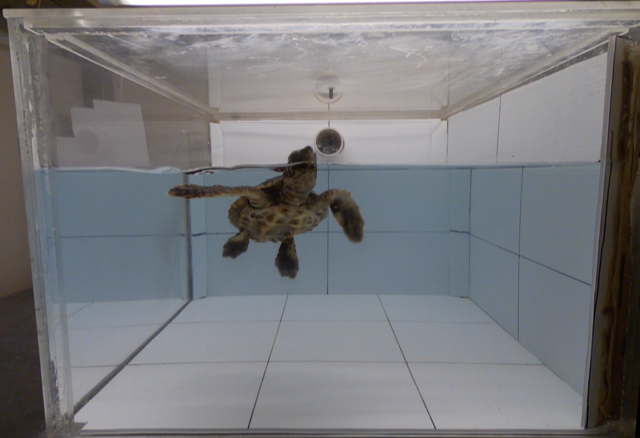Sea turtles think plastic smells like food

A turtle very interested in the smells that pipe has to offer.
The push against single-use plastic has some emotive mascots, including the iconic turtle with a straw in its nose. The working hypothesis about why turtles are so attracted to plastic is that plastic drifting in the ocean can look a lot like jellyfish. But how does that explain turtles caught up in, and eating, other kinds of plastic, like that straw?
A paper published in Current Biology this week has an alternative explanation: it's the smell of plastic, not the look, that attracts turtles. Rather, it's the smell of organisms that latch on to the plastic. The authors found that turtles were attracted to the smell of plastic coated in goopy ocean organisms just as much as they were attracted to the smell of food. That's useful information for starting to figure out how to mitigate the effects of ocean plastic on predators like turtles.
Delicious stinky plasticPlastic floating around in the ocean pretty quickly gets gooped up by all kinds of organisms that start to grow on them. This "biofouled" plastic has been found to emit dimethyl sulfide, an organic compound that plankton releases in large quantities. Animals use this smell as a signal that food may be present, and seabird species that rely on this as a food cue have been shown to ingest more plastic than species that use the smell cue less.
Read 9 remaining paragraphs | Comments